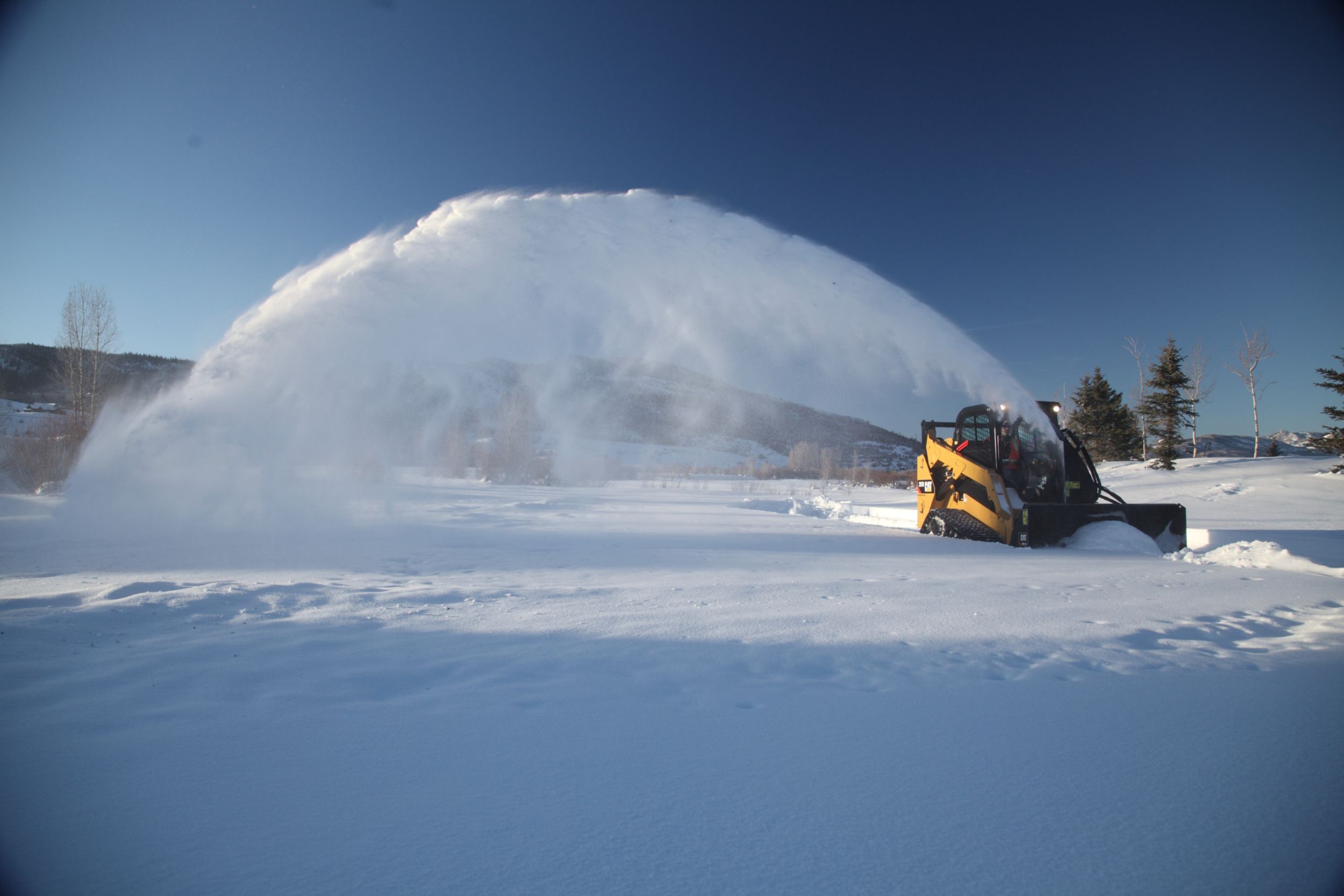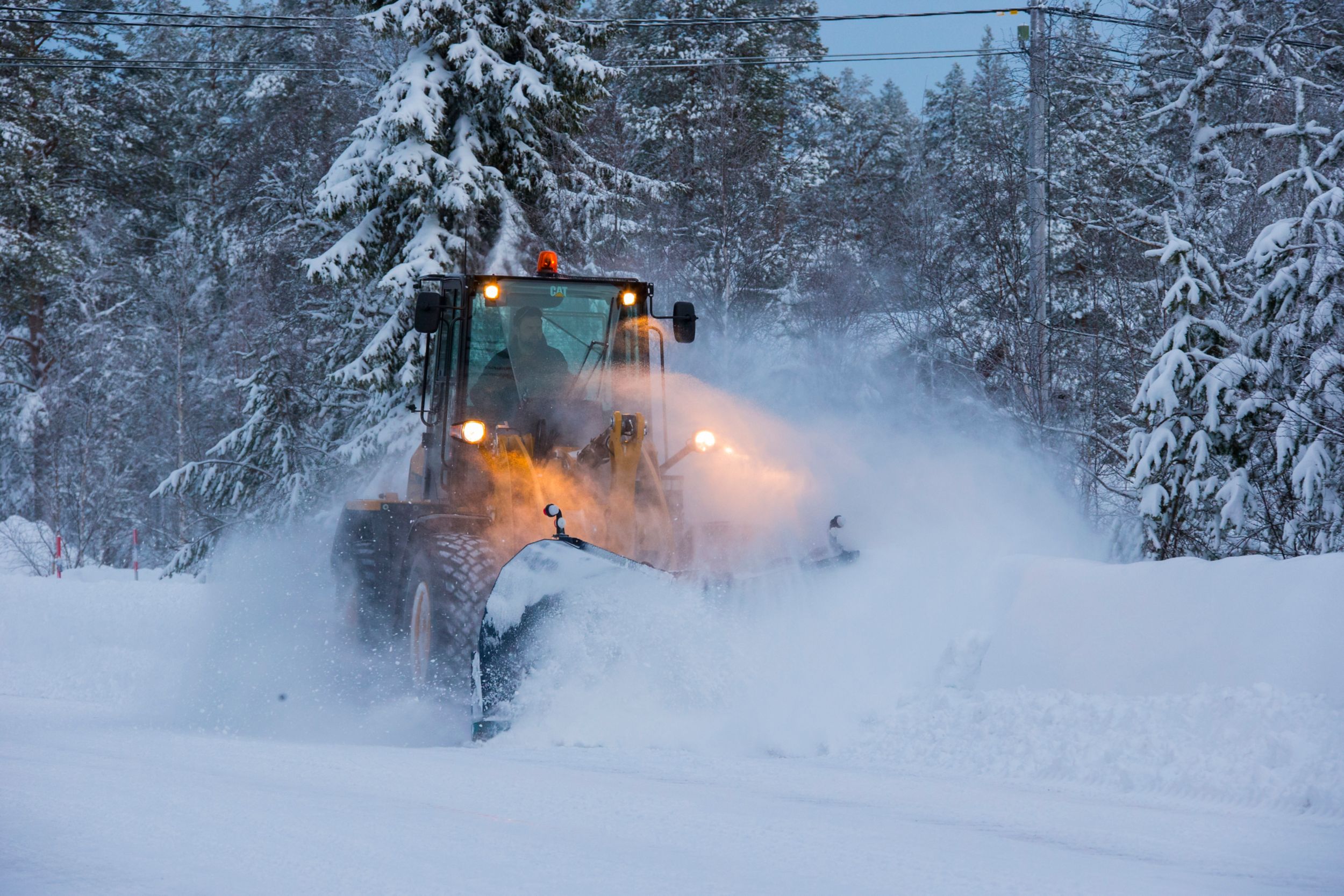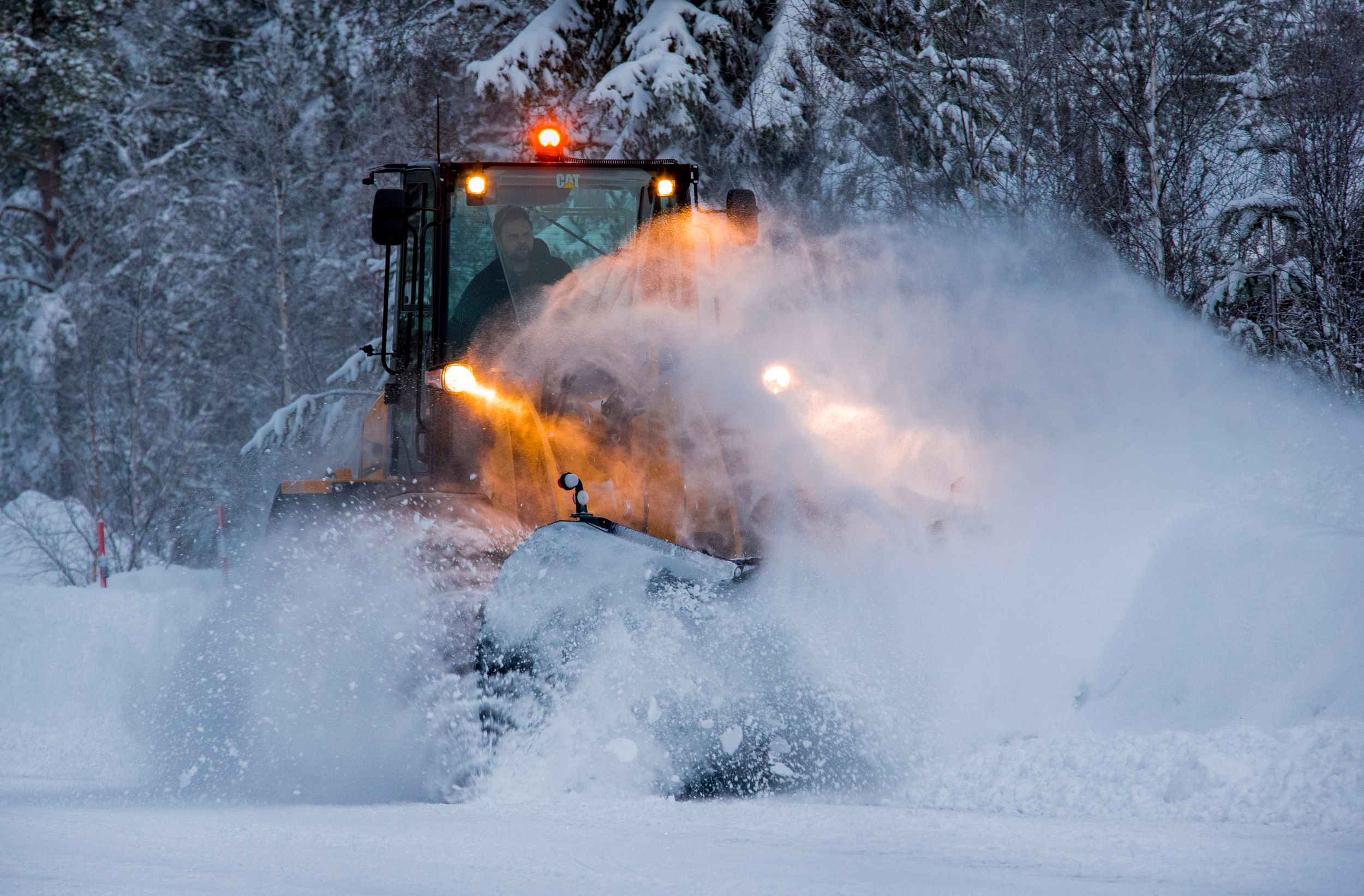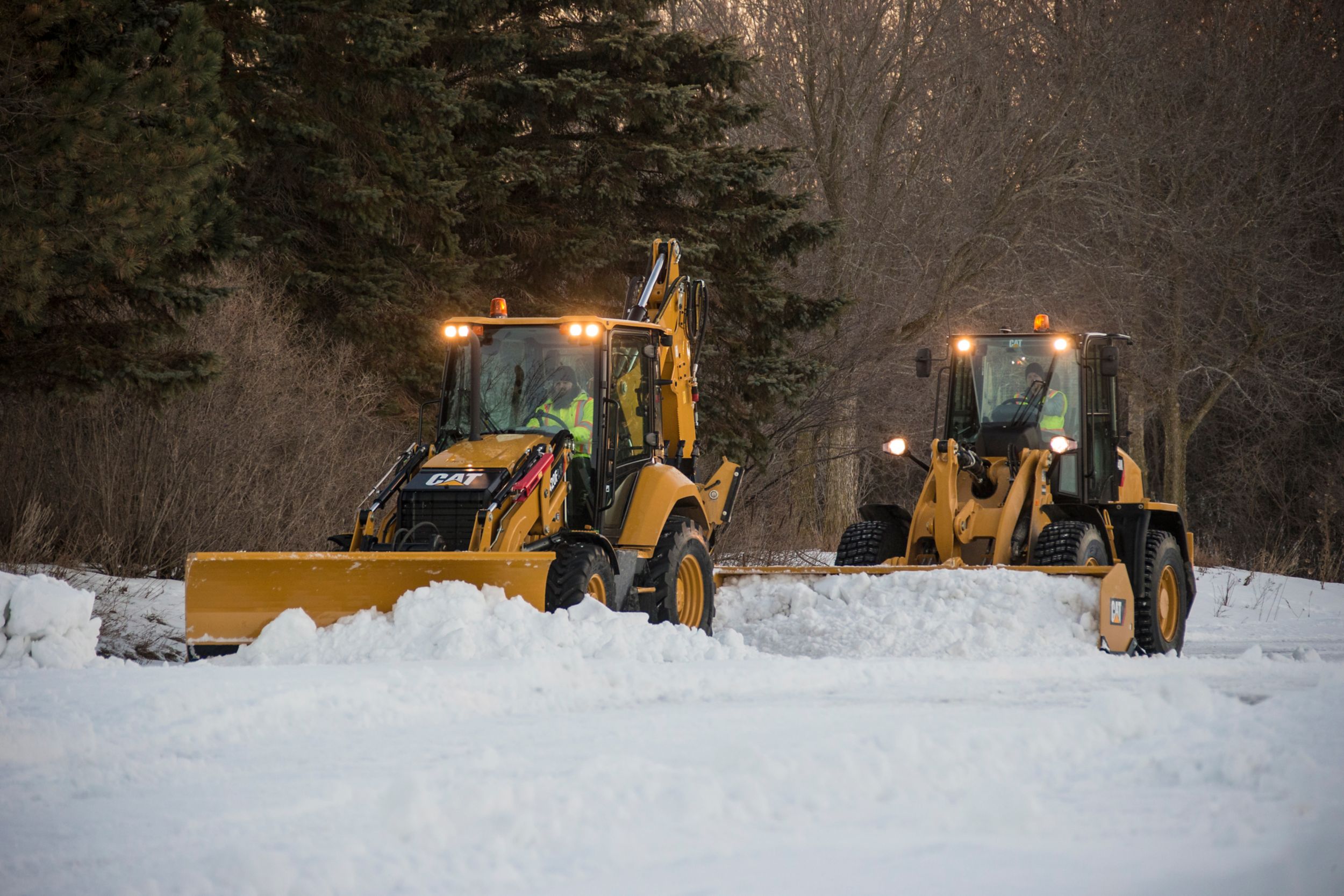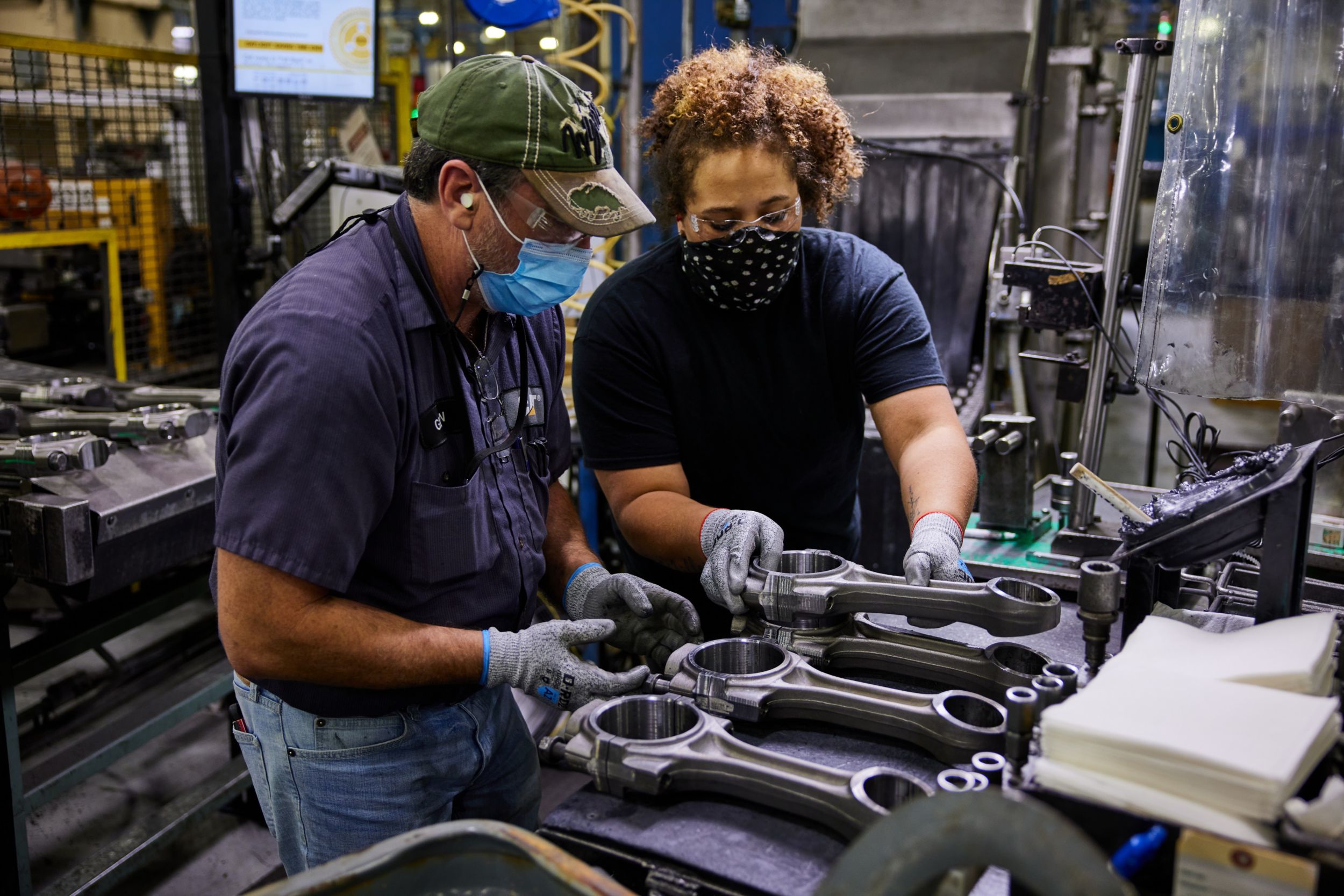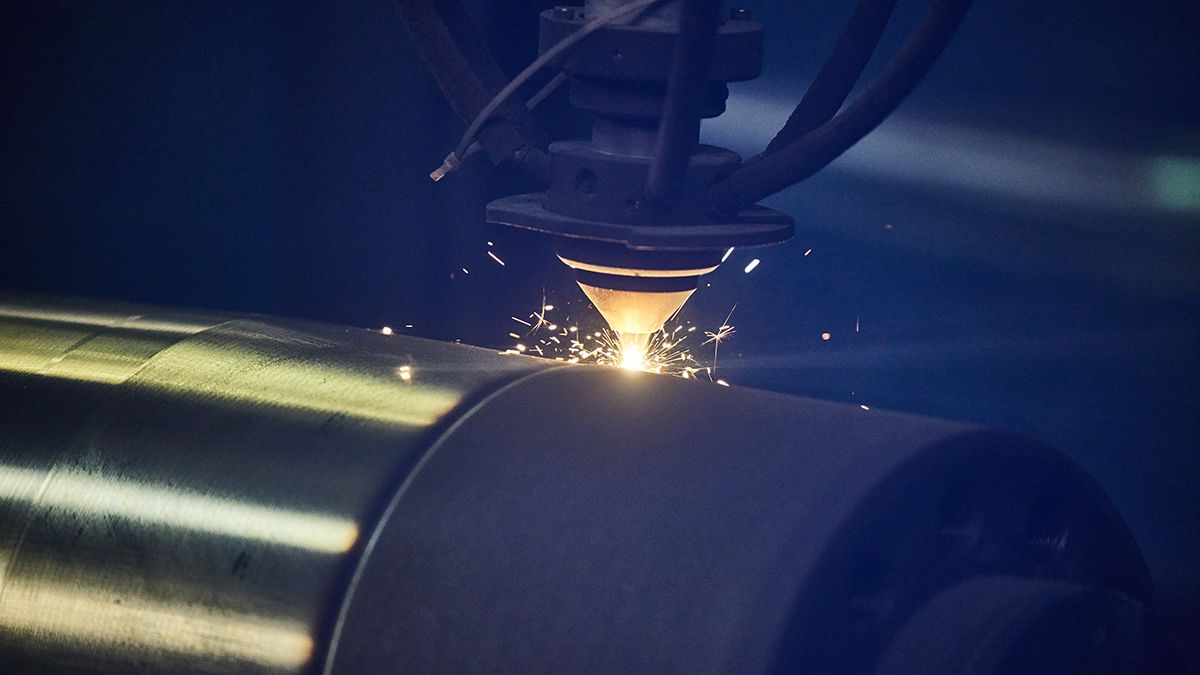If you already have an existing account with another Cat App, you can use the same account to sign in here.
One Account. All of Cat.
If you already have an existing account with another Cat App, you can use the same account to sign in here.
Account Information
Site Settings
Security Settings
Winter Diesel Engine Checklist
Diesel engines ignite fuel using combustion temperature, which gets harder to do in cold winter temperatures. These low temps affect different areas of the engine, such as fuel, coolants, oils, and starting systems. To help get the most from your machine during the cold months, prepare for winter temperatures and follow this diesel engine checklist for optimal winter performance.
Fuels
- Use #1 diesel fuel or a winter blended fuel. If you need help, ask your fuel supplier.
- Use only approved fuel additives to prevent fuel gelling – fuel gelling occurs at around 10ºF (-12ºC) or lower. Consult your operation and maintenance manual for approved fuel additives.
- Fill fuel tanks at the end of each working day to prevent any condensation in the tank. Condensation can’t form if the tank is full.
- Drain the fuel water separator & fuel filter (if applicable) after each day of use. If there is any water, it will be drained and cannot freeze in the filter overnight.
- Drain water from fuel in storage tanks/containers regularly. Also, be mindful of the filters on the storage tanks.
- Don’t add gasoline or any unapproved fuels to the diesel fuel to make it “more suitable” for wintertime use.
Fuel Filters
- Keep extra filters on hand in case of fuel gelling or freezing.
- Change the filter before winter arrives. This reduces the change of filter plugging in cold weather.
- Don’t use any heat source to thaw or un-gel a frozen or gelled filter. It’s a fire hazard. Simply change the filter if the filter freezes or gels.





Engine Oil
- Use the correct weight of engine oil suggested by the manufacturer for the expected temperatures. Generally, lighter engine oil is recommended in colder climates. Lighter oils ensure the oil is quickly sent to critical components in cold weather.
- Don’t use any oil additives or fuels to dilute the oil.
- Don’t use too light of an oil; once the engine reaches temperature, it may be too thin. Don’t use too heavy of an oil either; it may not ensure proper lubrication when a cold engine is first started.
Coolant
- Check the coolant freezing point with a hydrometer before and during winter. A hydrometer measures the glycol level in your coolant. Generally, 50/50 coolant is suitable for -37*F(-38*C).
- Use the correct coolant for your system. Check your operation and maintenance manual for more information.
- Don’t top off cooling systems with plain water. Freezing water will cause cracked coolers, radiators, and possibly engine blocks. Always use a 50/50 coolant/water mix to refill cooling systems.
Overcooling
- Pay attention to coolant gauges and use corrective actions in cases of overcooling.
- Use approved winter cooling aids (cold front, radiator guards, cooling packages) to help avoid overcooling.
- Don’t allow the engine to idle more than needed. Idling in cold temperatures will prevent the engine from maintaining the proper temperature.
DEF
- Store bulk DEF above freezing temperatures. DEF is 67.5% water, and it will freeze. Store in a climate-controlled area if available.
- Don’t be concerned about DEF freezing in a machine/engine-mounted tank. These tanks are designed to freeze and thaw and have heaters.
Starting
- Use a battery warmer to help keep the battery warm. This helps retain the charge.
- Use a block and engine oil heater.
- Allow several minutes of warm-up before working the machine or engine. This allows critical components and systems to build some heat before being stressed from work.
- Check glow plugs, air inlet heaters and starting fluid systems before winter months to ensure proper operation.
- Don’t use starting fluid unless the engine has a factory-installed automatic system. Excessive use of starting fluid can cause catastrophic engine failure and personal injury from fire/explosion.
- Don’t ignore battery maintenance.
- Don’t crank the engine longer than 30 seconds at a time. Allow the starter and starting components to cool after 30 seconds of cranking time.
Storage
- Store engines/machines in a sheltered location if possible. Even if it’s not climate controlled, this will help reduce the chance of snow and ice buildup.
- Use approved heaters (battery, coolant, oil) when possible.
- Use a battery tender to keep the batteries up to charge.
- Don’t allow batteries to lose charge and stay in a low state of charge. This is very hard on batteries.
- Don’t park a machine without draining the fuel water separator, filling the fuel tank and checking the coolant freeze point.
Diesel-powered equipment doesn’t have to be a challenge to maintain in cold winter temperatures. But on the rare occasion you need some extra help and guidance maintaining your Cat® engine-powered equipment, your local Cat dealer is there to help.
Nick Johnson
Contributor
Nick is a second-generation “Cat Guy” who has had his hands inside of engines since he was a little kid. He loves supporting the yellow family and has been with Caterpillar since 2004. Nick spent many years supporting global dealers with engine rebuild and salvage practices and now enjoys sharing his expertise with customers & dealers. In his off time, he’s either in his home shop, riding ATVs with his son, or powerboating with the family. Simply put, he’s a “Grade-A” engine nerd!
Related Stories
-
Behind the Scenes: Life as a Cat® Diesel Tech featuring Adept Ape
Get an insider's look into the daily life of Adept Ape, a Cat diesel tech and YouTube creator, and his advice on how to kickstart your own career at Caterpillar.
Read more -
Top Tips to Finding the Right Parts for Your Cat Machine
Learn easy ways to quickly find parts that fit and how to ensure you get the right part for your Cat equipment, every time online.
Learn More Technology -
Manufacturing Is So Nice, We Do It Twice
To celebrate Manufacturing month, we’re exploring the people and places that help bring those engines inside these machines to life... sometimes even twice!
Learn more -
How We Reclaim and Salvage Equipment Parts
Cat® Reman’s cleaning and salvage processes are essential to remanufacturing parts.
SEE HOW IT WORKS

